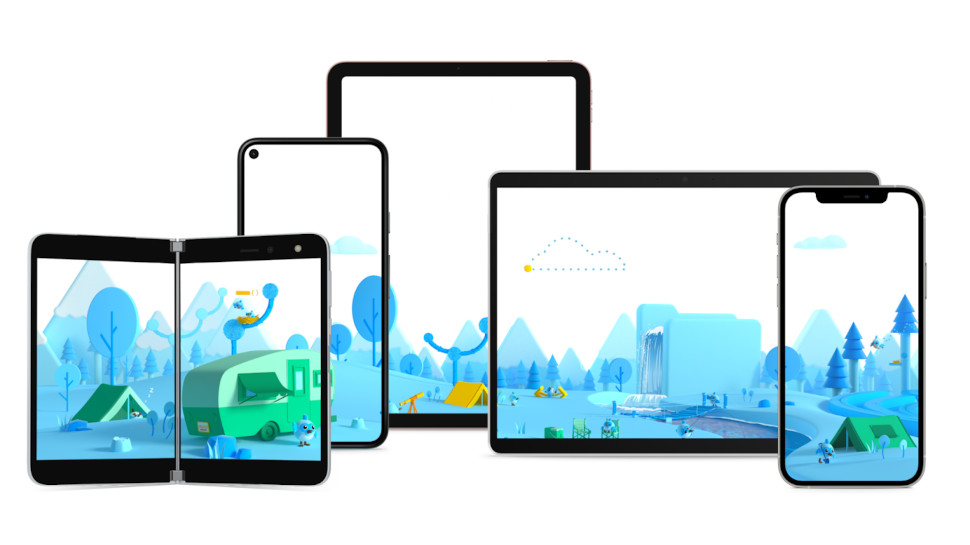Write once, run anywhere: Google Flutter 2.0 could make every app developer’s dream a reality
Google Flutter now officially supports web apps, macOS, Linux and Windows

Google has announced that the second generation of open source UI development platform Flutter has entered general availability, with support for desktop and web apps.
Flutter is a tool that helps developers build applications that function equally well on multiple platforms, without the hassle of writing bespoke code for each operating system.
When the service was first made available in 2018, it offered support for Android and iOS apps only. In the interim, Google has drip-fed users with beta releases that added support for web apps, macOS, Linux, Windows and more, but these iterations were not widely available, nor designed for fully blown commercial applications.
- We've built a list of the best Python online courses out there
- Here's our list of the best laptops for programmers right now
- Check out our rundown of the best JavaScript online courses available
With the release of Flutter 2.0, however, Google has rolled out full support for these additional operating systems to all users. From largely the same shared codebase, developers can now build applications that run as if native on desktop platforms, as well as on mobile.
Courtesy of contributions from Microsoft, Flutter 2.0 also includes support for foldable devices, which are expected to grow in popularity in the years to come.
Google Flutter 2.0
With the second generation of Flutter, Google is hoping to deliver on a long-held ambition among developers: write once, run anywhere (or WORA). The unique complexities of each platform - from screen size and methods of user interaction to the programming language on which they are built - have meant WORA has been a fanciful concept, until now.
“Our goal is to fundamentally shift how developers think about building apps, starting not with the platform you’re targeting, but rather with the experience you want to create,” said Google in a blog post.
Are you a pro? Subscribe to our newsletter
Sign up to the TechRadar Pro newsletter to get all the top news, opinion, features and guidance your business needs to succeed!
“In Flutter 2, we’ve broadened Flutter from a mobile framework to a portable framework, unleashing your apps to run on a wide variety of different platforms with little or no change.”
Built around Google’s own Dart programming language, Flutter is already responsible for more than 150,000 Play Store apps. Google also leans on the platform to build out its own suite of products, including Analytics, Ads, Shopping, Stadia and more.
While a traditional approach to software development will likely remain the favored strategy in the context of more complex enterprise applications, Flutter will likely save developers plenty of blood, sweat and tears.
- Here's our list of the best text editors right now

Joel Khalili is the News and Features Editor at TechRadar Pro, covering cybersecurity, data privacy, cloud, AI, blockchain, internet infrastructure, 5G, data storage and computing. He's responsible for curating our news content, as well as commissioning and producing features on the technologies that are transforming the way the world does business.